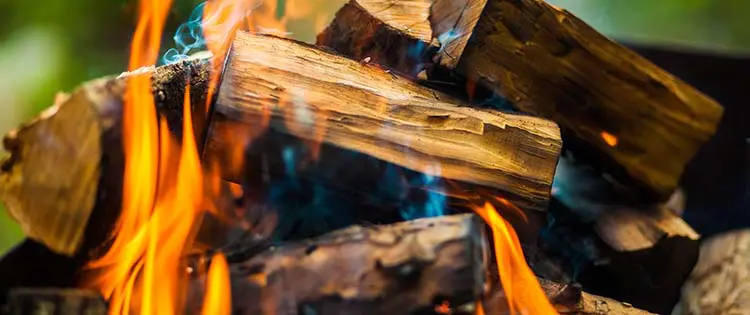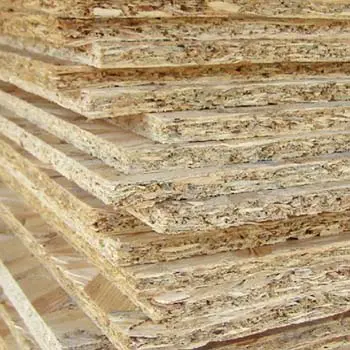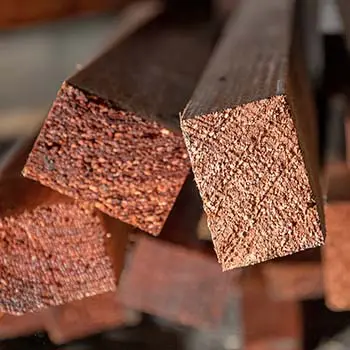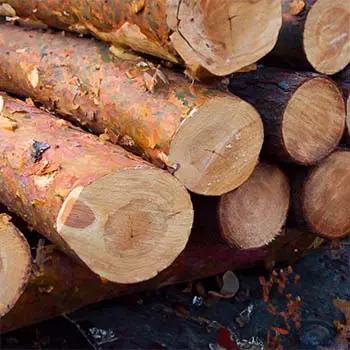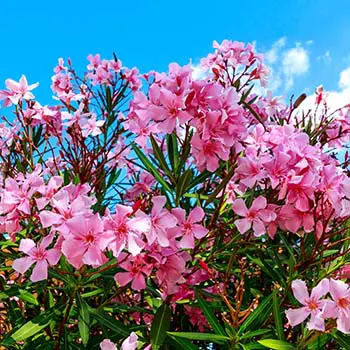Most homesteaders plan on using wood for heating and cooking, in the event that the power goes out. That makes sense, as mankind has been using wood for cooking and heating ever since our ancestors first harnessed fire to their use.
Wood is a renewable resource and one of the very few fuels that you can harvest from nature on your own. Cutting and hauling wood may be difficult, but it’s nowhere near as difficult as drilling for oil and then distilling that petroleum down to usable products.
But believe it or not, you can’t just burn any wood in a fire. Oh, it might burn just fine; but that doesn’t mean that you’re going to be satisfied with the results. Some woods can be extremely dangerous to burn, as they can be dangerous, giving off toxic fumes.
For that matter, there are many other things that people put in a fire, which can also give off toxic fumes.
Many types of plastics, color printed materials, chemicals, Styrofoam, corrugated cardboard (cardboard boxes), dryer lint (which has been touted as a fire starter), and wood that has been treated with chemicals.
We need to be aware of what we are burning and make sure that we have a good source of wood to burn.
So, what are some of the types of wood that we shouldn’t burn?
Green Wood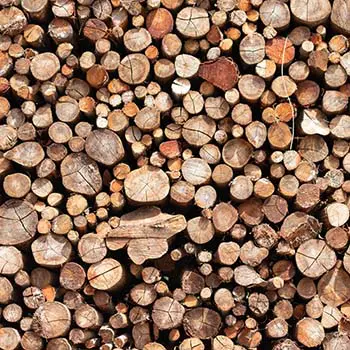
Freshly cut trees are said to be “green wood.” The biggest problem with this, assuming that you can get it to ignite, is that it will produce a lot of smoke.
While the smoke may not be considered to be poisonous, breathing in smoke can be harmful to your lungs. On top of that, the smoke will signal anyone within visual range that you have a fire going, not something that you really want to advertise in a survival situation.
In times past, people would cut wood and split it, stacking it for the next year. That would provide the wood plenty of time to “season,” drying out to a safe point for burning. This normally takes six to nine months.
Driftwood
People like to collect driftwood and burn it in a campfire when camping on the beach.
They don’t recognize the danger they are putting themselves in by burning what seems to be a great and readily available fuel for their fires. Any driftwood is likely to contain high concentrations of salt and other minerals that it absorbs while afloat.
Even if the wood has dried, it will still contain that salt, which will burn as the wood does, giving off toxic fumes.
Engineered Wood Products
The term engineered wood products refers to any of a number of products that we can usually buy at the lumberyard, such as plywood, particle board, chipboard, MDF, or OSB.
These products are made by using a combination of wood and a resinous adhesive. But many of those adhesives contain formaldehyde. When the wood burns and it burns rapidly, toxic chemicals are released.
Pallet Wood
Wood pallets may seem like an ideal, cheap, source of wood for the fire, especially if the pallets have been made of oak. However, the wood used in most pallets has been chemically treated to keep wood fungus and wood-eating insects from attacking it.
This can produce toxic chemicals when burning, depending on what chemicals they use to treat the wood.
Pressure-treated Wood
Like pallet wood, pressure-treated wood has been chemically treated to prevent decay. If anything, it is worse than the pallet wood, as there is generally a higher concentration of chemicals.
Those chemicals are often injected right into the wood. When wood is burned, arsenic is released in such concentrations that the EPA considers hazardous waste.
Wood That Has Been Painted or Stained
While we’re talking about man-made products, avoid using any wood that has been painted, stained, varnished, or lacquered, regardless of the wood species.
Movies show people burning furniture in survival scenarios, but the directors and producers of those movies don’t know how dangerous that is. While wood furniture is perfectly safe to use, many of the finishes produce toxic gases when they burn.
Pine and Other Softwoods
Pine may seem like a useful wood to burn, especially in areas where there is an abundance of pine growing. But pine is one of the worst woods to use in a fire. This means that the construction wood used in framing houses is bad for burning as well, as it is mostly some sort of pine.
There are two problems with pine. The first is that it doesn’t hold much potential heat energy. When you burn pine, it burns rapidly, giving the appearance of giving off a lot of heat. But compared to other woods, you’re getting very little heat. The coals of the fire produce the most heat, not the flames. Pine doesn’t produce much in the way of coals, hence the lack of heat.
The other problem with pine and other similar softwoods is that they are resinous woods. While the rosin itself is not dangerous, it tends to pop, when burning.
This causes large sparks to fly out of the fire, where they can cause the fire to spread. You don’t want a pine rosin spark falling on your floor or your tent, spreading the fire.
Any Wood with “Poison” in the Name
There are several different types of wood that contain the word “poison” in the name of the plant, tree, or wood. Things like poison oak, poisonwood, poison sumac, and even poison ivy will give off toxic fumes when burning. At the least, it will be an eye irritant, but it could also cause serious respiratory problems.
Oleander
Oleander can grow as either a shrub or a small tree. Either way, the wood from the oleander produces a toxic chemical when burning, which is serious enough to put you in the hospital.
Learn to recognize this plant, so that you will avoid it. It grows in a wide variety of climates, mostly as an ornamental landscaping plant.
The Yew Tree
The Yew is another attractive tree, commonly used for landscaping. Yet it is one of the most poisonous trees in the world, with all parts of the tree being poisonous to humans.
The specific poison is called “taxine,” which is capable of causing cardiac arrest. You shouldn’t even touch this wood, without wearing gloves as protection for your hands.
Mexican or Brazilian Pepper
We’re not talking about chili peppers here, but a tree that contains the word “pepper” in its name. This tree is known by both the name Mexican Pepper and Brazilian Pepper.
It contains a toxin named urushiol, which can cause rashes and other allergic reactions. Like the yew, gloves should be worn if you ever have to handle it. But don’t let that be to put it in the fire.
Any Rotten or Moldy Wood
Rotten and moldy wood might seem like an ideal thing to burn, as it lights easily and burns quickly. Even so, all rotted wood has fungi in it, which might be spread by the fire.
The rotting process will tend to increase the amount of moisture in the wood, increasing the smoke produced, giving you that much more of a chance of inhaling the smoke, along with any toxic substances produced by the fire.
Be Prepared
The people who are most likely to burn any of the woods mentioned above are those who don’t have a good stock of firewood, stored up for the emergency. Your best protection is to build a good stockpile of seasoned hardwood firewood, before a disaster strikes.
Just how much wood do you need? If you have to heat your home through an entire winter, using a wood-burning stove, you’ll go through four to six full cords (not face cords) of firewood. That’s a lot of wood.
Keep in mind too, that if we’re talking about a TEOTWAWKI event, you’ll need that much wood each and every winter; so you need a plan for cutting and hauling the wood that you’ll need to have for the next winter.
That’s going to be a challenge, without gasoline for your truck.
This article first appeared here.
You may also like:
Building a Sawbuck: Work Smarter in the Woodpile
How to Build a Log-House Like The Pioneers (Video)
DIY Backyard Projects You Need To Get Done By Spring

